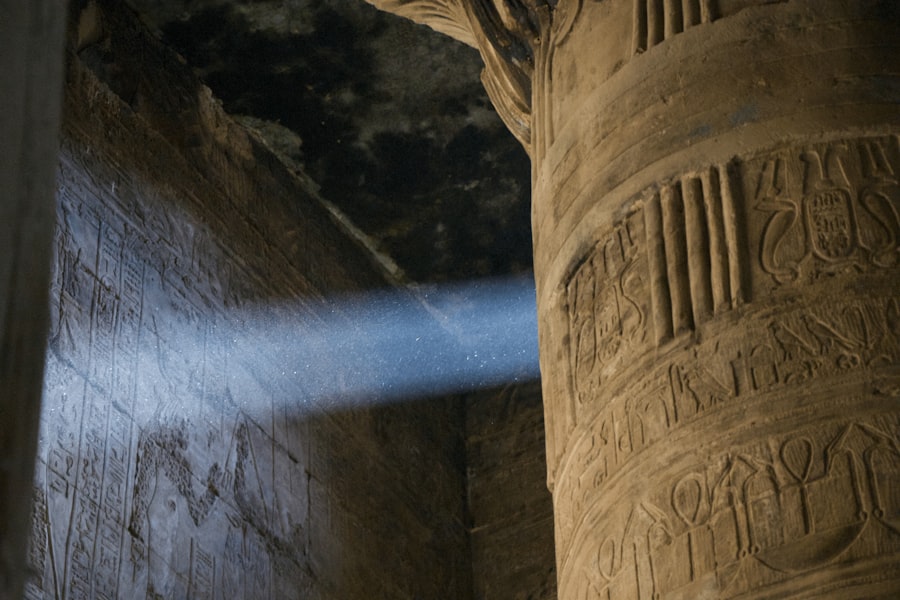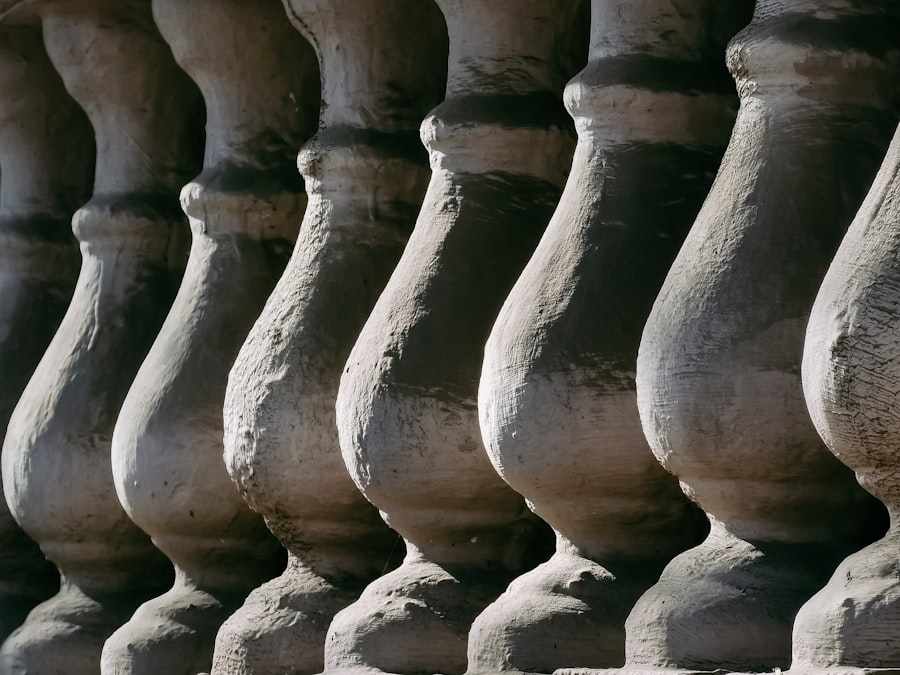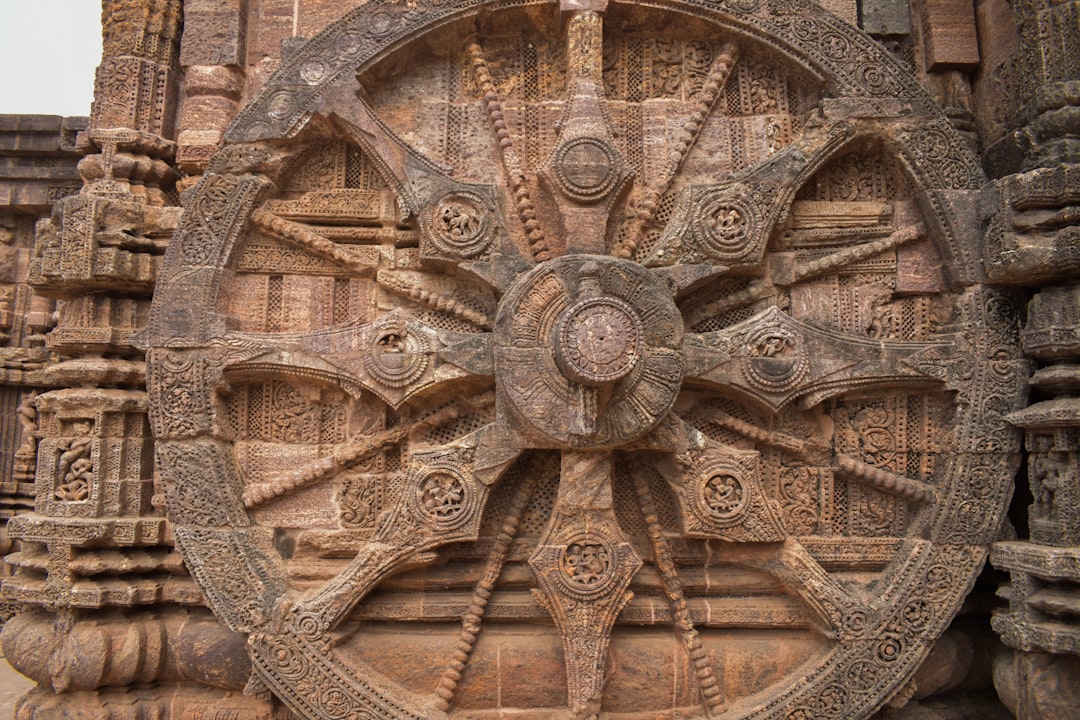Throughout history, humanity has demonstrated an extraordinary capacity for innovation and creativity, particularly in the realm of engineering. Ancient civilizations, in their quest for progress, constructed monumental structures that not only served practical purposes but also reflected their cultural values and aspirations. These engineering marvels stand as testaments to the ingenuity and resourcefulness of their creators, showcasing advanced techniques and a profound understanding of materials and design.
From the towering pyramids of Egypt to the intricate aqueducts of Rome, these ancient wonders continue to captivate the imagination of modern society, inviting exploration and admiration. The legacy of ancient engineering is not merely confined to the structures themselves; it encompasses the knowledge and skills that were developed and passed down through generations. Each marvel tells a story of human endeavor, revealing insights into the social, political, and economic contexts of the time.
This article will explore some of the most remarkable examples of ancient engineering, highlighting their significance and the lasting impact they have had on subsequent generations.
Key Takeaways
- The Great Pyramids of Giza showcase the incredible precision and engineering skills of ancient Egyptians.
- The Colosseum stands as a testament to the advanced engineering and architectural prowess of the ancient Romans.
- The Great Wall of China is a remarkable example of ancient defensive engineering, spanning thousands of miles.
- The Parthenon exemplifies the mastery of ancient Greek architecture and engineering, with its iconic design and construction.
- Machu Picchu is an ingenious feat of ancient engineering, showcasing the advanced knowledge of the Inca civilization.
The Great Pyramids of Giza: A Testament to Ancient Engineering
The Great Pyramids of Giza, particularly the Pyramid of Khufu, stand as iconic symbols of ancient Egyptian civilization and its remarkable engineering prowess. Constructed around 2580–2560 BCE, this monumental structure was originally built as a tomb for the Pharaoh Khufu. The sheer scale of the pyramid is awe-inspiring; it originally stood at 146.6 meters (481 feet) tall, making it the tallest man-made structure in the world for over 3,800 years.
The precision with which the pyramids were constructed is equally impressive, with each stone block meticulously cut and placed to create a stable and enduring edifice. The construction techniques employed in building the pyramids remain a subject of fascination and debate among historians and archaeologists. It is believed that a workforce of thousands, including skilled laborers and seasonal workers, was mobilized to transport massive limestone and granite blocks from quarries located miles away.
The use of ramps, levers, and other simple machines facilitated the movement and placement of these heavy stones. Additionally, the alignment of the pyramids with celestial bodies demonstrates an advanced understanding of astronomy, further underscoring the sophistication of ancient Egyptian engineering.
The Colosseum: A Spectacle of Ancient Roman Engineering

The Colosseum, or Flavian Amphitheatre, is one of the most recognizable symbols of ancient Rome and a remarkable achievement in engineering. Completed in AD 80 under Emperor Titus, this grand structure could accommodate up to 80,000 spectators who gathered to witness gladiatorial contests, animal hunts, and other public spectacles. The Colosseum’s elliptical design not only maximized seating capacity but also ensured excellent sightlines for all attendees, showcasing the Romans’ keen understanding of audience experience.
Constructed primarily from travertine limestone, tuff, and brick-faced concrete, the Colosseum exemplifies Roman architectural innovation. Its complex system of vaults and arches allowed for a stable yet open structure that could withstand the test of time. The use of concrete was particularly revolutionary; it enabled builders to create large spans without relying solely on traditional stone masonry techniques.
Furthermore, the Colosseum featured an elaborate network of corridors and passageways that facilitated efficient crowd management, demonstrating an advanced approach to public safety and accessibility.
The Great Wall of China: A Feat of Ancient Defensive Engineering
| Aspect | Details |
|---|---|
| Construction Period | 7th century BC to 17th century AD |
| Length | Around 13,171 miles (21,196 kilometers) |
| Material | Stone, brick, tamped earth, wood, and other materials |
| Purpose | Defensive fortification against invasions |
| Height | Varies from 16 to 33 feet (5 to 10 meters) |
| UNESCO World Heritage Site | Yes, since 1987 |
The Great Wall of China is perhaps one of the most ambitious construction projects in human history, stretching over 13,000 miles across northern China. Originally built to protect against invasions from nomadic tribes, this monumental fortification showcases the ingenuity and determination of various Chinese dynasties over centuries. Construction began as early as the 7th century BCE, with different sections built using local materials such as earth, wood, bricks, and stone depending on regional availability.
The engineering behind the Great Wall is a testament to strategic planning and adaptability. Builders employed various techniques to ensure its durability against natural elements and military assaults. Watchtowers were strategically placed along the wall for surveillance and communication purposes, while garrison stations provided shelter for soldiers stationed along its length.
The wall’s design varied according to terrain; steep mountains required different construction methods than flat plains. This adaptability highlights not only the engineering skills but also the military foresight that characterized ancient Chinese civilization.
The Parthenon: A Masterpiece of Ancient Greek Architecture and Engineering
The Parthenon stands as a quintessential symbol of ancient Greece’s architectural brilliance and cultural heritage. Constructed between 447 and 432 BCE on the Acropolis of Athens, this temple was dedicated to the goddess Athena, whom the city considered its patroness. The Parthenon is celebrated for its harmonious proportions and exquisite details, embodying the principles of classical architecture that have influenced countless structures throughout history.
Engineered with precision, the Parthenon features a series of columns that exemplify the Doric order, characterized by simplicity and strength. However, what sets this structure apart is its subtle optical refinements; for instance, columns are slightly curved rather than perfectly straight to counteract optical illusions that would make them appear to sag. This attention to detail reflects an advanced understanding of geometry and aesthetics among ancient Greek architects.
The Parthenon’s enduring beauty continues to inspire architects and artists around the world, serving as a reminder of Greece’s profound impact on Western civilization.
The Inca Citadel of Machu Picchu: An Ingenious Feat of Ancient Engineering

Machu Picchu is often regarded as one of the most significant archaeological sites in South America, showcasing the ingenuity of Inca engineering amidst challenging mountainous terrain. Built in the 15th century during the reign of Emperor Pachacuti, this citadel is perched high in the Andes Mountains at an altitude of over 2,400 meters (7,874 feet). Its strategic location not only provided natural defenses but also allowed for stunning views of the surrounding landscape.
The construction techniques employed at Machu Picchu are remarkable for their sophistication. The Incas utilized a technique known as ashlar masonry, where stones were cut to fit together without mortar, creating a stable structure that could withstand earthquakes—a common occurrence in the region. Terracing was another innovative feature; it allowed for effective agriculture on steep slopes while preventing soil erosion.
The site also included an intricate system of aqueducts that supplied fresh water to its inhabitants. Machu Picchu remains a testament to Inca ingenuity and adaptability in overcoming environmental challenges.
The Aqueducts of Ancient Rome: Remarkable Engineering for Water Transportation
The aqueducts of ancient Rome represent one of the most significant achievements in hydraulic engineering in history. These remarkable structures were designed to transport fresh water from distant sources into cities and towns across the Roman Empire. Spanning hundreds of miles in some cases, Roman aqueducts utilized gravity to move water through a series of channels, bridges, and tunnels—demonstrating an advanced understanding of hydraulics.
One notable example is the Aqua Appia, constructed in 312 BCE as Rome’s first aqueduct. It was primarily underground but included sections above ground supported by arches when necessary. The use of arches allowed for efficient construction while maintaining structural integrity over long distances.
The aqueducts not only provided essential water supply for drinking and sanitation but also supported public baths and fountains—key aspects of Roman social life. This sophisticated water management system contributed significantly to public health and urban development in ancient Rome.
The Hanging Gardens of Babylon: A Marvel of Ancient Irrigation and Engineering
The Hanging Gardens of Babylon are often regarded as one of the Seven Wonders of the Ancient World, although their existence remains shrouded in mystery. Descriptions from ancient texts suggest that these terraced gardens were built in Babylon during the reign of King Nebuchadnezzar II around 600 BCE as a gift for his wife Amytis, who longed for the green hills and valleys of her homeland. If they did exist as described, they would have represented an extraordinary feat of engineering and irrigation.
The gardens were said to consist of a series of terraces filled with a variety of trees and plants that cascaded down like a mountain landscape. To sustain such lush greenery in an arid environment would have required advanced irrigation techniques—possibly involving a complex system that drew water from the Euphrates River using pumps or other mechanisms. This innovative approach to gardening not only showcased engineering prowess but also reflected a deep appreciation for nature within ancient Mesopotamian culture.
The Lighthouse of Alexandria: An Ancient Wonder of Maritime Engineering
The Lighthouse of Alexandria, also known as the Pharos of Alexandria, was one of the tallest man-made structures in the ancient world at approximately 100 meters (330 feet).
Engineered by the architect Sostratus, the lighthouse featured three distinct tiers: a square base with a central core housing a fire at its summit to guide ships safely into harbor.
Mirrors were reportedly used to reflect light from this fire over great distances—a remarkable application of optics for its time. The lighthouse not only demonstrated advanced engineering techniques but also highlighted Alexandria’s status as a center for knowledge and innovation in antiquity.
The Moai of Easter Island: A Mysterious Display of Ancient Engineering
The Moai statues on Easter Island (Rapa Nui) are enigmatic monoliths that continue to intrigue researchers and visitors alike. Carved from volcanic tuff between 1400 and 1650 CE by the Rapa Nui people, these statues represent ancestral figures believed to embody spiritual power or mana. Standing up to 10 meters (33 feet) tall and weighing several tons each, their construction required significant engineering skill.
Transporting these massive statues across rugged terrain posed considerable challenges; theories suggest that they were either walked upright using ropes or rolled on logs—a testament to innovative problem-solving among the Rapa Nui people. Additionally, their placement on stone platforms called Ahu indicates an understanding of landscape design that integrated cultural beliefs with environmental considerations. The Moai remain a powerful symbol of human creativity and resilience in overcoming geographical obstacles.
The Enduring Legacy of Ancient Engineering Marvels
The engineering marvels created by ancient civilizations continue to inspire awe and admiration today. Each structure tells a unique story about human ingenuity—reflecting not only technological advancements but also cultural values and societal aspirations. From monumental tombs like the Great Pyramids to intricate aqueducts that transformed urban life in Rome, these achievements highlight humanity’s relentless pursuit of progress.
As modern society grapples with contemporary challenges such as urbanization and climate change, lessons from ancient engineering can provide valuable insights into sustainable practices and innovative solutions. The enduring legacy left by these ancient marvels serves as a reminder that creativity knows no bounds when driven by necessity or vision. Ultimately, they stand as testaments to humanity’s ability to dream big and build even bigger—an inspiration for generations yet to come.
One fascinating aspect of advanced ancient engineering marvels is the construction techniques used in monumental structures, which continue to baffle modern architects and historians. For a deeper exploration of these incredible feats, you can read more in the article on XFile Findings, which delves into various ancient civilizations and their remarkable engineering skills. Check it out here: XFile Findings.
WATCH THIS! Nikola Tesla’s Forbidden Secret: The Great Pyramid Was a Power Plant
FAQs
What are some examples of advanced ancient engineering marvels?
Some examples of advanced ancient engineering marvels include the Great Pyramid of Giza, the Roman aqueducts, the Parthenon in Athens, and the ancient city of Petra.
How were these ancient engineering marvels constructed?
These ancient engineering marvels were constructed using a combination of advanced architectural techniques, skilled labor, and innovative engineering methods. For example, the Great Pyramid of Giza was built using large limestone blocks that were quarried and transported to the construction site using sledges and ramps.
What materials were used in ancient engineering marvels?
Ancient engineering marvels were constructed using a variety of materials, including stone, marble, limestone, and concrete. These materials were often sourced locally and then shaped and assembled using advanced construction techniques.
What purpose did these ancient engineering marvels serve?
These ancient engineering marvels served a variety of purposes, including religious, ceremonial, and practical functions. For example, the Roman aqueducts were used to transport water from distant sources to cities, while the Parthenon in Athens was a temple dedicated to the goddess Athena.
What can we learn from these ancient engineering marvels?
Studying ancient engineering marvels can provide valuable insights into the technological capabilities and ingenuity of ancient civilizations. It can also inspire modern engineers and architects to innovate and push the boundaries of what is possible in construction and design.
